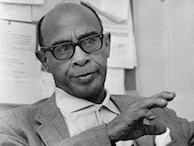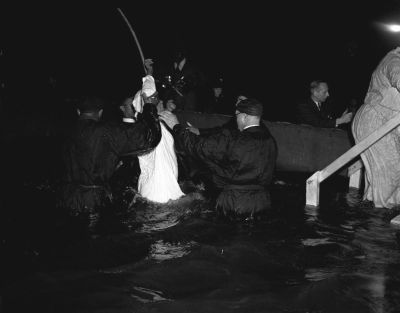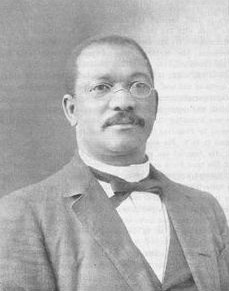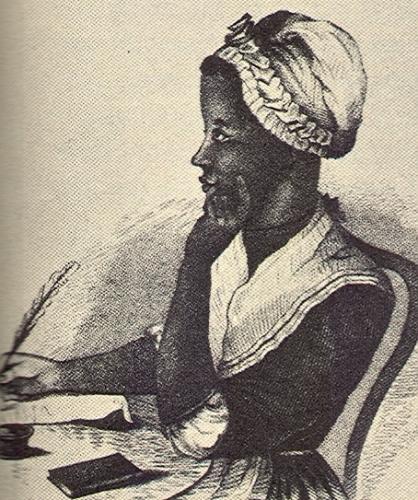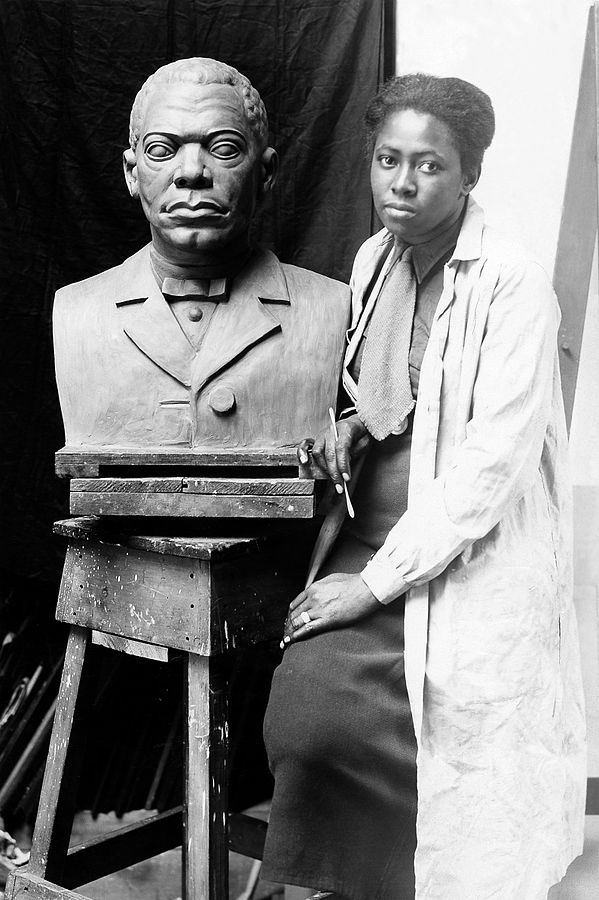Heman Marion Sweatt was a postal worker from Houston, Texas, who integrated the University of Texas (UT) Law School in 1950. Sweatt was born on December 11, 1912 in Houston, Texas. He was the fourth child of James Leonard and Ella Rose Sweatt. In 1930, he graduated from Jack Yates High School and earned a degree from Wiley College in Marshall, Texas in 1934, where he joined Alpha Phi Alpha Fraternity. Soon after, Sweatt returned to Houston and worked as a mailman.
During the early 1940s, he participated in voter-registration drives in the African American community and attended National Association for the Advancement of Colored People (NAACP) meetings. As the local secretary of the National Alliance of Postal Employees, Sweatt helped challenge employment discrimination in the post office, where blacks were excluded from supervisory positions.
In 1946, Sweatt applied for admission to the University of Texas School of Law, but was denied because of the state’s segregation laws. On May 16, 1946, Sweatt, with the help of the NAACP, filed a lawsuit against Theophilus S. Painter, then UT President, and other officials in district court. The presiding judge did not overturn Sweatt’s denial of admission. Rather, he gave the state six months to establish an education institution in law for African Americans. It responded by rapidly creating a law school at newly established Texas State University for Negroes (now Texas Southern University). Sweatt and other blacks refused to attend the new Houston institution and insisted on entering UT Law School. NAACP officials sought to challenge segregation itself. Their lawyers advised Sweatt to testify that he did not believe that there could be equality under segregation.
After lower courts denied their petition and the Texas Supreme Court reaffirmed the lower court’s ruling, Sweatt and his attorneys took their case to the United States Supreme Court. In June 1950, the court concluded that black law students were not offered substantial quality in educational opportunities and that Sweatt could therefore not receive an equal education in a separate law school.
On September 19, 1950, Sweatt registered at the UT law school. However, in 1952, Sweatt interrupted his studies due to ailing health and returned to Houston. He continued to work on several campaigns to eradicate racial discrimination until his death on October 3, 1982. In 1987, the University of Texas Little Campus was renamed the Heman Sweatt Campus, and the UT Law School established a $10,000 scholarship in Sweatt’s memory.

